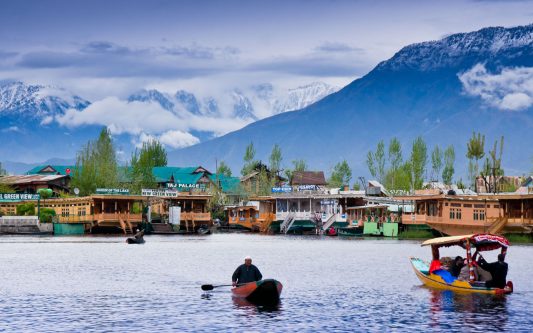Banking and Finance Quiz for Banking PO and Clerk Aspirants. We will be posting more of such Quiz in the coming weeks. Make sure to follow and subscribe to new posts.
Which among the following is the minimum amount that can be borrowed under the Liquidity Adjustment Facility system of the RBI?
The LAF is the facility offered by the RBI through which banks can borrow money through the repurchase agreements such as the repo and the reverse repo mechanisms. All the clients of the RBI are eligible to utilize this quota whereas the maximum amount that can be borrowed can be any amount. The minimum bidding amount is Rs 5 Crores under the LAF quota. Hence, option C is correct.
What is the maximum amount that can be borrowed by banks under the Marginal Standing Facility route?
The MSF was introduced by the Reserve Bank of India in 2011 in order to help banks manage the cash flow mismatch on overnight basis. The banks can approach RBI for loan under MSF facility in an interest rate that will be higher than the repo rate. Banks can borrow upto 2% of the total NDTL under this route whereas the minimum amount is Rs 1 crore. Hence, option B is correct.
If a bank has to borrow funds from RBI for a long term, which among the following will be applicable?
Bank Rate is defined as the rate of interest that is applicable to the long term loans extended to the commercial banks by the RBI. These loans are generally provided for a period of 90 days to 1 year. The main difference of bank rate and repo rate is that bank rate is mainly for long term loans whereas repo rate is applicable for short term loans up to a period of 90 days. Hence, option C is correct.
Which among the following is NOT a qualitative measure of monetary policy undertaken by the RBI in India?
Qualitative Measures are also adopted by the RBI to control the money supply in the economy. There are various measures for this: Margin Requirement, Rationing of Credit, Moral Suasion, Direction Action etc. Repo Rate and Reverse Repo Rate, LAF, MSF etc are quantitative measures adopted by RBI for this purpose. Hence, option C is correct.
The Marginal Cost of Funds-Based Lending Rate (MCLR) System came into force in India from –
The MCLR system replaced the old base rate system of the banks with the objective to rationalize the lending rate system in banks. The main aim was to make the rates more sensitive to the changes in the key policy rates of the RBI. This came into effect from April 01, 2016. MCLR is the minimum rate of interest below which a bank cannot lend money. Hence, option B is correct.
The Marginal Cost of Funds-Based Lending Rate (MCLR) System came into force in India from –
The MPC was formed by the government in order to assist the RBI in taking a call regarding the important policy rates. The MPC has six members – three each from the RBI and the central government. The governor of RBI is the chairman of the Monetary Policy Committee and he has a casting vote in the whole process. Hence, option A is correct.
The Regional Rural Banks were formed in India on the basis of the recommendations of –
The RRBs were created in 1975 on the recommendations of the M Narasimhan Committee in order to serve the unbanked population of the country. Prathama Bank in Uttar Pradesh was the first ever RRB set up in India. The RRBs are administered by a sponsor bank, central government and the concerned state government in the ratio of 35:50:15. Hence, option C is correct.
What is the minimum capital requirement for the new private banks to start operation in India?
Private Sector Banks in India are such that the majority stake is held by private shareholders and not the government. The minimum capital required to set up such a bank in India is Rs 500 crores whereas the FDI investment has been restricted to 74% for such entities. Hence, option D is correct.
Which among the following is/are NOT supervised by the National Bank for Agriculture and Rural Development?
Private Sector Banks in India are such that the majority stake is held by private shareholders and not the government. The minimum capital required to set up such a bank in India is Rs 500 crores whereas the FDI investment has been restricted to 74% for such entities. Hence, option D is correct.
The Forward Markets Commission was merged with which among the following in September 2015?
The Forward Markets Commission was the regulator of the commodities market in India. It was merged with SEBI in September 2015. SEBI is the regulator of the capital market in India and it was established in 1988 though it became an autonomous body by an act of the Parliament in 1992. SEBI is based in Mumbai, Maharashtra. Hence, option B is correct.
Share your Results:





